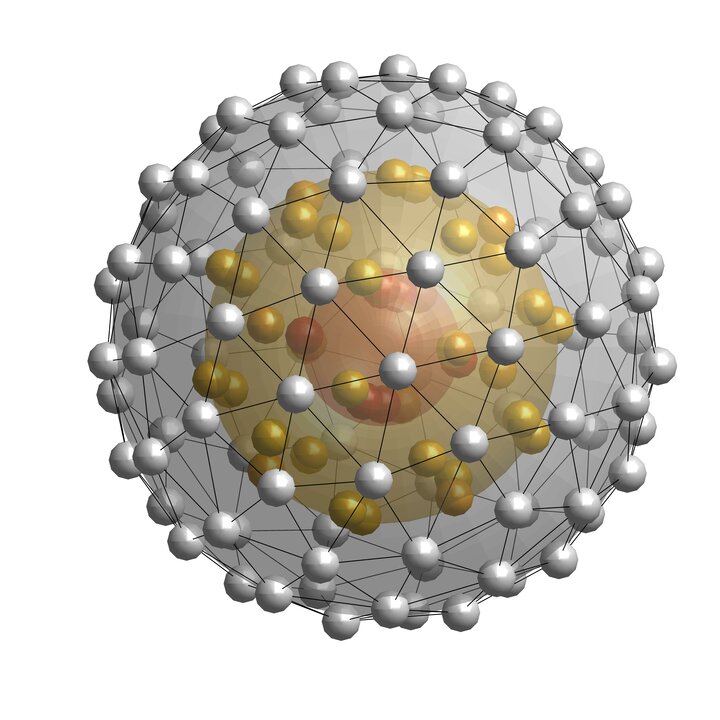An important part of the research on information security that Boris Skoric pursues involves cryptographic protocols that make use of quantum physics.
One example is Quantum-Secure Authentication (QSA), a protocol for authenticating physical objects at a distance. The object is a so called Physical Unclonable Function (PUF), e.g. a layer of paint in which multiple coherent scattering occurs when it is illuminated with laser light, giving rise to speckle patterns that strongly depend on the precise locations of particles in the paint and the details of the incoming wavefront. PUFs are difficult to clone, and hence they can be used as a physical credential for authentication.
Remote authentication of PUFs is a challenging problem, however, because the physics behind a PUF's challenge-response behaviour is linear; this makes it possible to digitally emulate a PUF based on a limited number of observed speckle patterns.
QSA solves this problem by sending the challenge in the form of a quantum state. Now it is impossible for attackers to determine what the challenge is, and possessing a digital emulator becomes useless.
QSA employs quantum physics to increase the range of PUF authentication from "hands-on" verification to "hands-off" verification.
These type of developments might also be realized using quantum nanophotonic devices, as studied by Andre Fiore see also the section on Quantum Nanophotonics. Other quantum security research involves Quantum Key Recycling, quantum encryption and quantum signatures.
An important part of the research on information security that Boris Skoric pursues involves cryptographic protocols that make use of quantum physics.
One example is Quantum-Secure Authentication (QSA), a protocol for authenticating physical objects at a distance. The object is a so called Physical Unclonable Function (PUF), e.g. a layer of paint in which multiple coherent scattering occurs when it is illuminated with laser light, giving rise to speckle patterns that strongly depend on the precise locations of particles in the paint and the details of the incoming wavefront. PUFs are difficult to clone, and hence they can be used as a physical credential for authentication.
Remote authentication of PUFs is a challenging problem, however, because the physics behind a PUF's challenge-response behaviour is linear; this makes it possible to digitally emulate a PUF based on a limited number of observed speckle patterns.
QSA solves this problem by sending the challenge in the form of a quantum state. Now it is impossible for attackers to determine what the challenge is, and possessing a digital emulator becomes useless.
QSA employs quantum physics to increase the range of PUF authentication from "hands-on" verification to "hands-off" verification.
These type of developments might also be realized using quantum nanophotonic devices, as studied by Andre Fiore see also the section on Quantum Nanophotonics. Other quantum security research involves Quantum Key Recycling, quantum encryption and quantum signatures.
